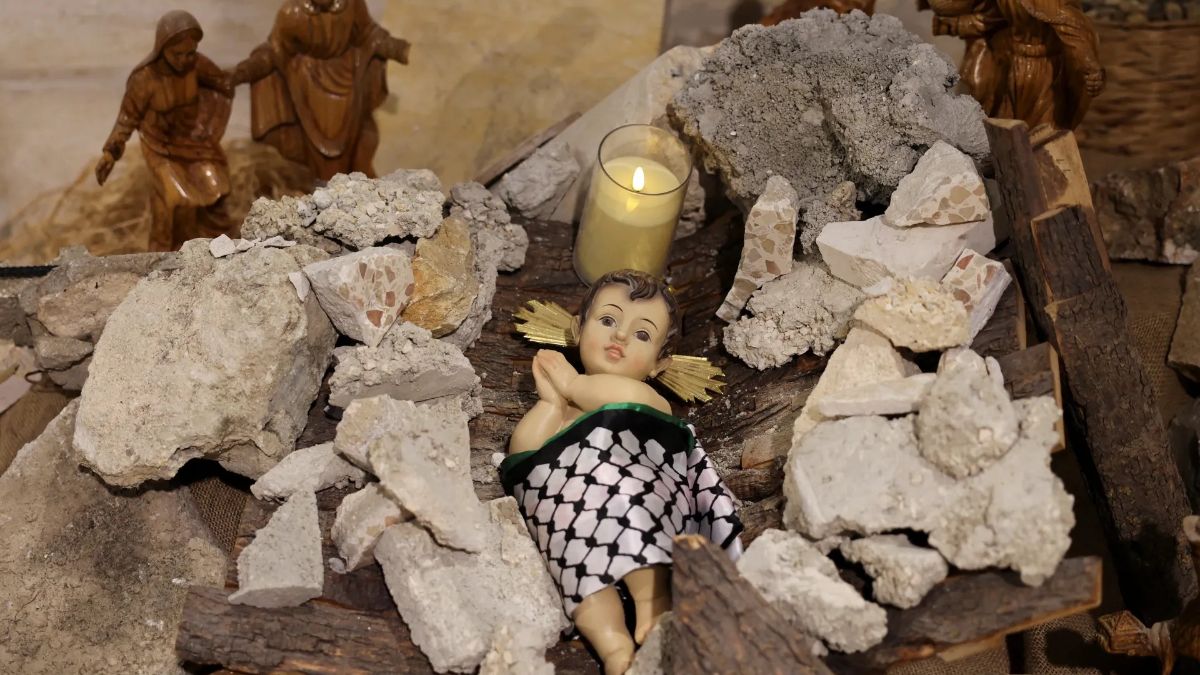Intimacy
He said to them, "Why are you frightened, and why do doubts arise in your hearts? Look at my hands and my feet; see that it is I myself. Touch me and see; for a ghost does not have flesh and bones as you see that I have." And when he had said this, he showed them his hands and his feet. While in their joy they were disbelieving and still wondering, he said to them, "Have you anything here to eat?" They gave him a piece of broiled fish, and he took it and ate in their presence.
Luke 24:36-43
April 17, 2015, Words By: Scott Dewey, Image By: Toe-Clasp by judy_and_ed (CC BY-NC 2.0)
The story of God in the world, because it is a love story, moves ever toward intimacy, toward oneness.
As with all love stories, obstacles abound – comical and tragic misunderstandings, turnings away, outright betrayals, and faltering reaches toward the other. There are risks of disclosure and perils of shame. Longings awaken; emotions surge. Bodily sensations pulse.
The story of Jesus, as the story of God, moves ever toward intimacy in just such a tumultuous way. On the evening of his own betrayal, Jesus’s fingers are among his guy friends’ toes, caressing away the dirt of the long road they have traveled together. He must remember the soft hair and tears of a sex worker between his own toes on another occasion, as Peter now blurts out “Lord, not my feet only but also my hands and my head!” (John 13:9). It surely is a fumbling, terribly awkward affair, as genuine intimacy – outside of movies – invariably will be. It was a move toward communion, toward oneness.
This week’s gospel account picks up in the aftermath of betrayal, tragedy, and loss. His presence, while it has been desperately missed, now could not be more awkward and even terrifying.
Every Wednesday evening with our young friends in Romania follows a pattern, a liturgy of sorts, that provides reassuringly regular rhythm amid lives of tumult. After sharing a meal, we gather in a circle for a moment of connection before the training time. Mind you, the average age here is 25. And mind you, for our friends who were abandoned as children, connection is the greatest of all challenges. A typical symptom of attachment disorder is the inability to make eye contact at all. Overzealous caregivers get into wrestling matches over attempts at it, with the kid winning every time.
So it is a miracle of sorts, though a fumbling one, that finds us massaging lotion into a partner’s hands within the circle. Or playing Rock Paper Scissors to determine who will look into another’s eyes with a word of affirmation. Or molding something together out of Play-Doh, or applying band-aids to physical or symbolic wounds. It’s a resurrection miracle possible only after years of traveling a dusty road together. Anyone can opt out and sometimes someone does, but not often. We have our awkward fun, and thank God no one’s looking in.
Very most challenging of all, we take turns feeding candy into each other’s mouths. What is it about the intimacy of food, and the primal function of accepting nourishment from another into our own bodies? Daunting and exposed for any of us – not to mention for a person who never had a mother’s breast or even a warm bottle with a loving gaze. We’ll feed our own selves thank you.
“Have you anything here to eat?” They gave him a piece of broiled fish, and he took it and ate in their presence (Luke 24:43). What vulnerability! What trust! What a move toward communion, toward oneness.
As was the case the night before he died, Jesus began to “open their minds” (Luke 24:45) only after he shared both physical touch and dinner. “Connection before correction,” is a mantra we caregivers of traumatized children have learned to practice. Connection in the aftermath of trauma is terrifying – fraught with resistance and doubt. It can’t be rushed. Thankfully love is patient and kind, even when firm. But it moves, moves, moves toward oneness, as Jesus moves in this beautiful story of good news.
Peace,
Scott Dewey
Street Psalms



